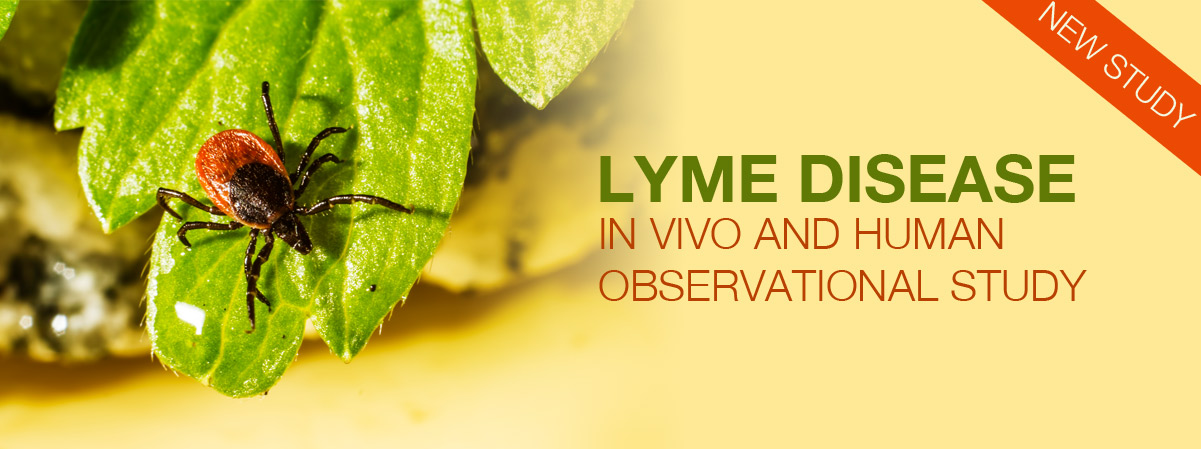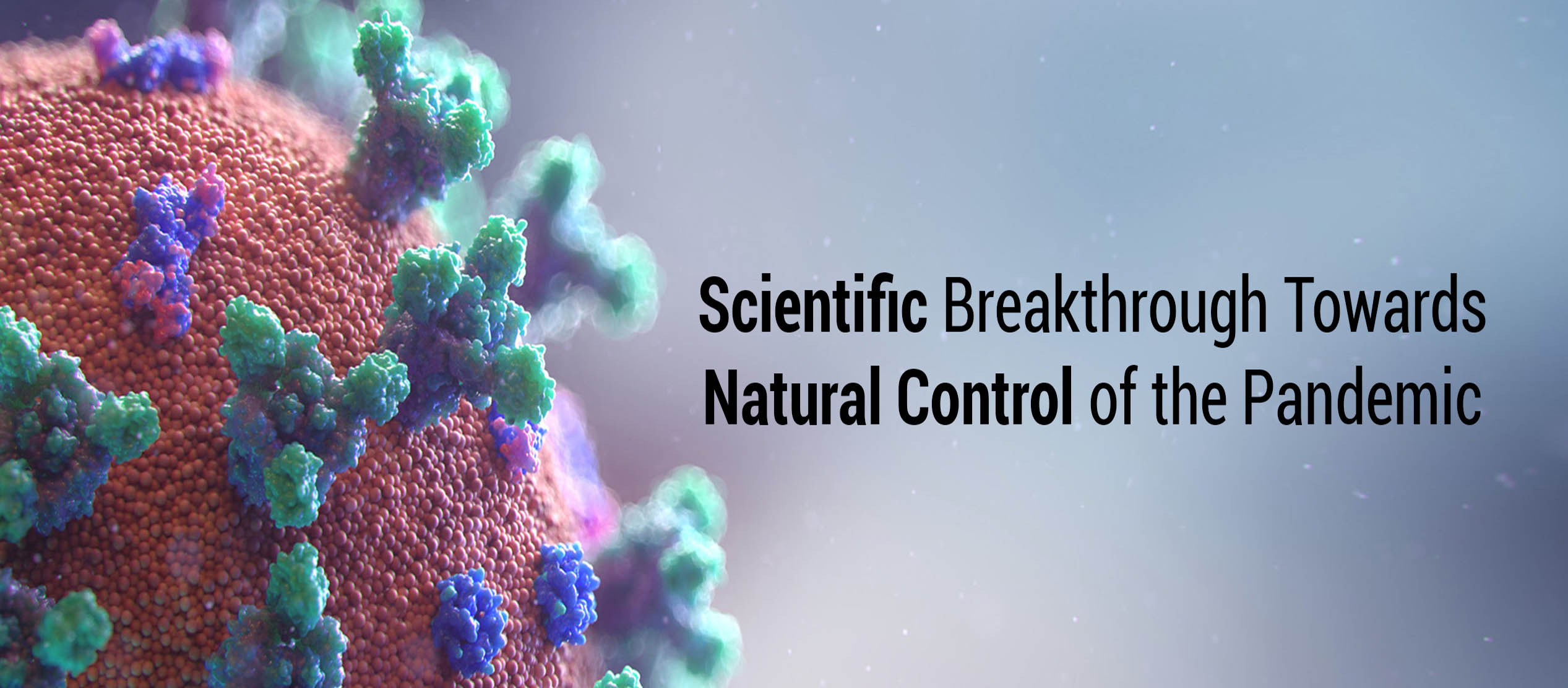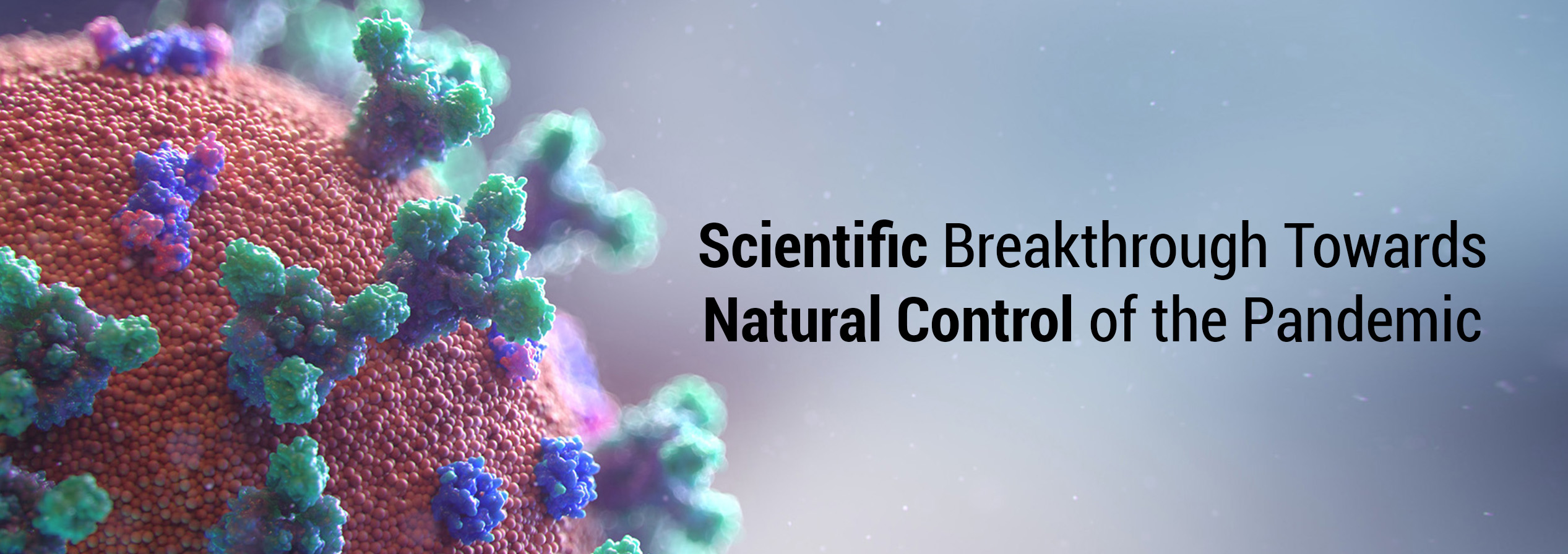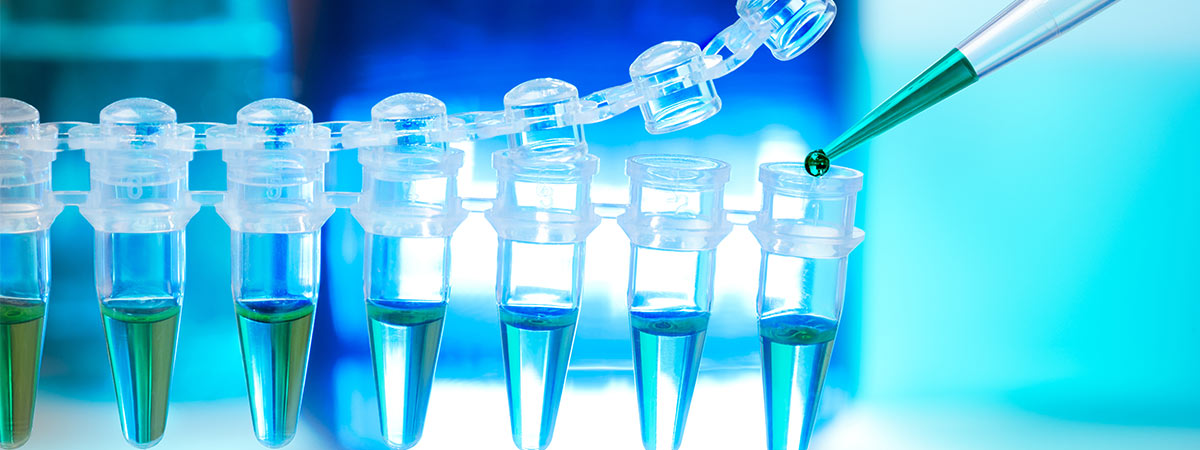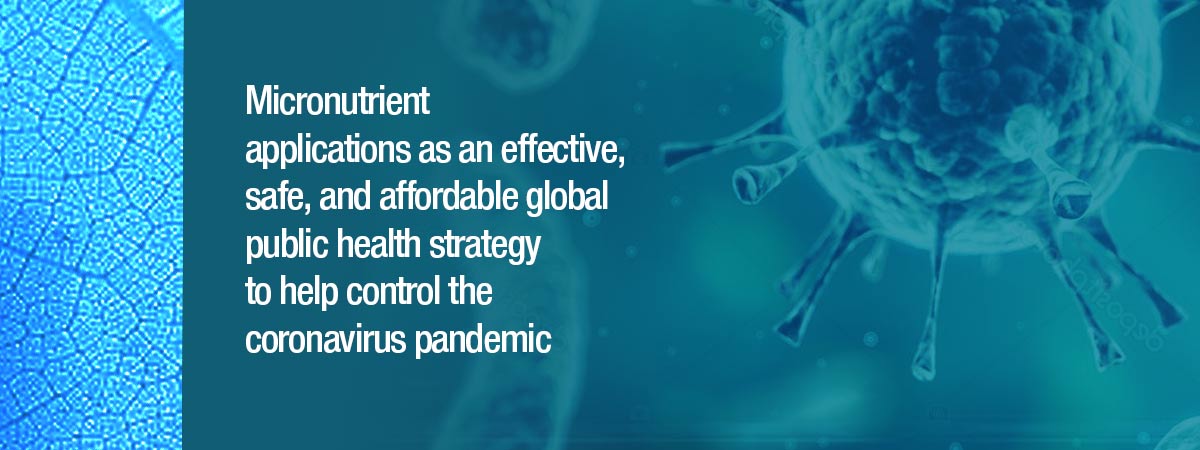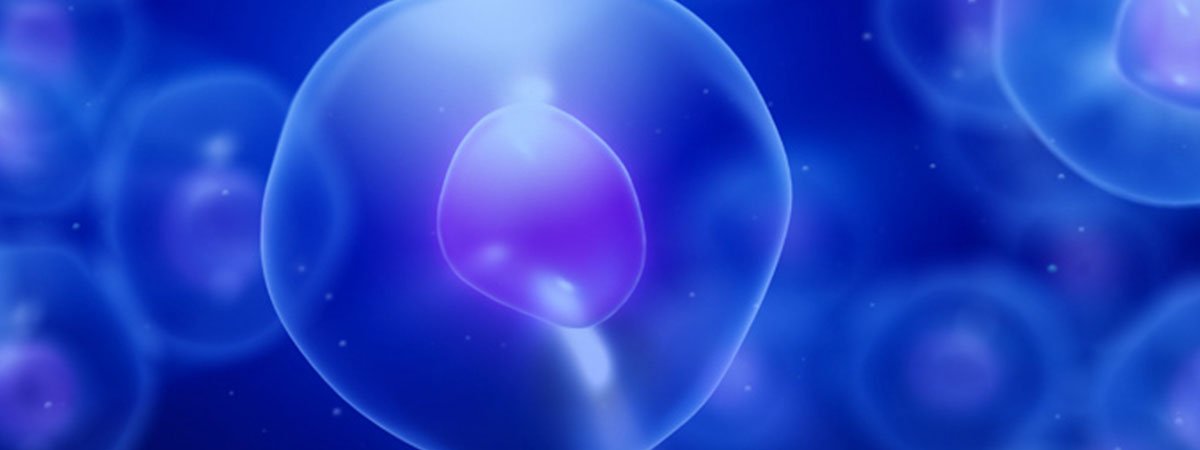M.W. Roomi, T. Kalinovsky, N.W. Roomi, A. Niedzwiecki and M. Rath
Dr. Rath Research Institute, 1260 Memorex Drive, Santa Clara, CA 95050
Oncology Reports 2013; 29: 1714-1720
Abstract
Neuroblastoma, a peripheral nervous system cancer that can be highly invasive and metastatic, accounts for 8-10% of all solid childhood tumors in children under the age of 15 years. Despite multiple clinical efforts, prognosis remains poor in this enigmatic disease. A nutrient mixture (NM) containing lysine, proline, ascorbic acid and green tea extract has shown significant antitumor effects. Using the nude mouse xenograft model, we investigated the efficacy of NM. We also tested the effect of NM in vitro, evaluating viability, MMP-2 and -9 secretion, TIMP-2 secretion, Matrigel invasion and apoptosis and morphology. Athymic nude mice 5-6 weeks of age were inoculated with 3x106 neuroblastoma cells SK-N-MC subcutaneously and randomly divided into two groups.
Group A was fed a regular diet and group B a regular diet supplemented with 0.5% NM. Four weeks later, the mice were sacrificed and their tumors were excised, weighed and processed for histology. We also tested the effect of NM in vitro. NM inhibited the growth of xenograft tumors by 22% (p=0.04) and, in vitro, dose-dependent inhibition of cell proliferation with a decrease of 27% (p=0.001) and 36% (p=0.002) at 500 and 1000 μg/ml NM compared to control, respectively. Zymography showed MMP-2 secretion in normal cells and PMA (100 ng/ml)-induced MMP-9 secretion. NM inhibited the secretion of both MMPs with total blockage at 100 μg/ml concentration. Reverse zymography demonstrated dose-dependent increase in TIMP-2 expression by NM. Interestingly, human neuroblastoma SK-N-MC cells were not invasive through Matrigel. NM induced dose-dependent apoptosis of SK-N-MC cells. The results suggest NM may have therapeutic potential in treating neuroblastoma.
Key words:
neuroblastoma SK-N-MC, tumor growth, MMP-2 and-9, apoptosis
Access:
http://www.spandidos-publications.com/10.3892/or.2013.2307

